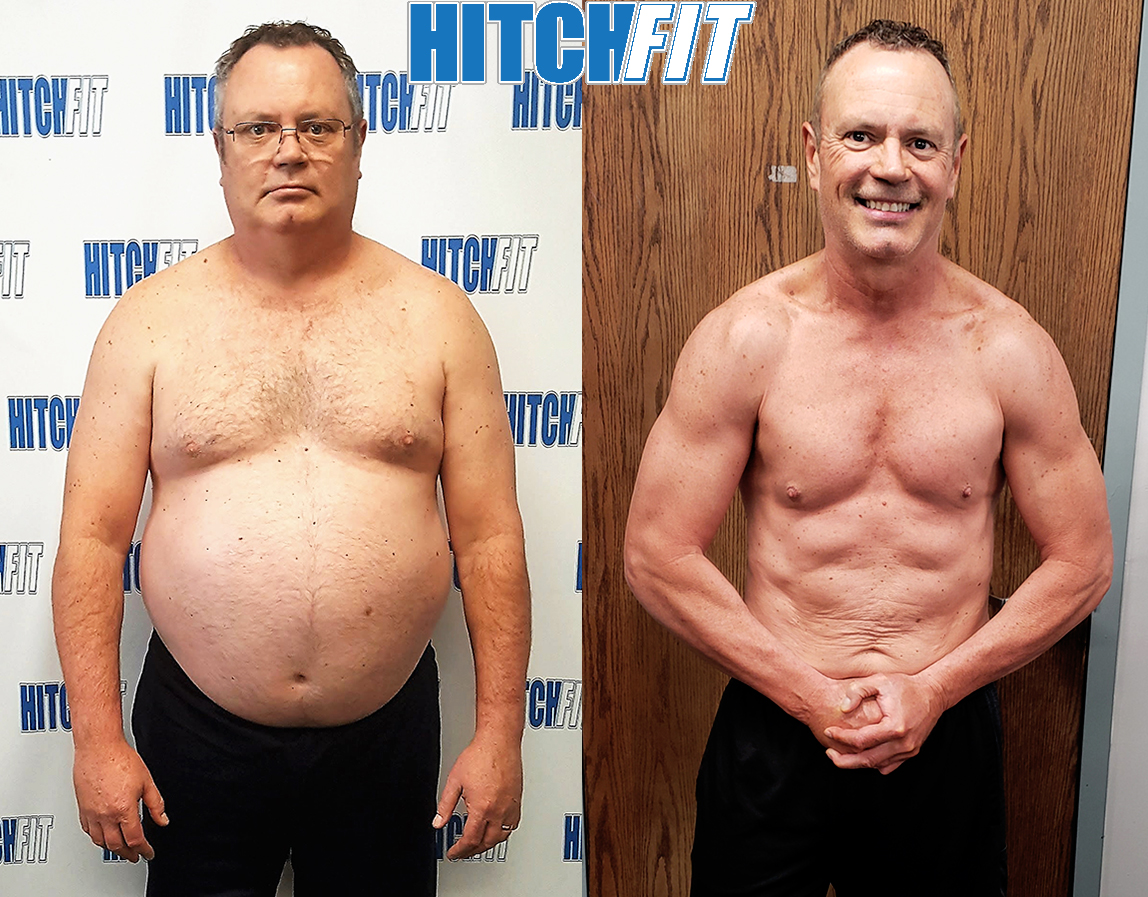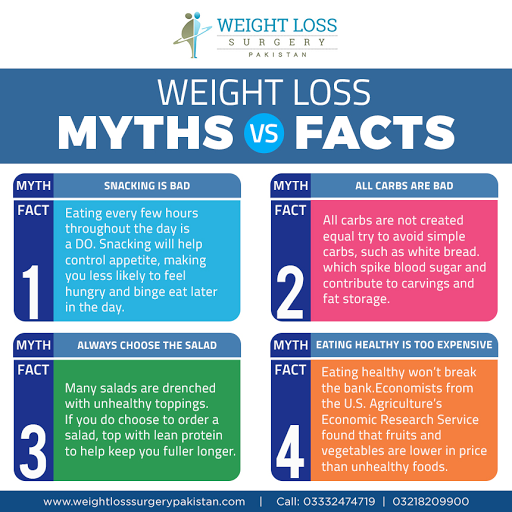
Did you know that different types of skiing burn more calories than others? This article will examine the differences between cross country and downhill skiing and explain how they differ in terms of their physical demands. Off-piste is another option that can increase your calorie intake. This type of skiing is more challenging than traditional ski, so you'll burn more calories. You might consider taking up skiing as an exercise option.
Uphill skiing burns far more calories
Skiing uphill is better for your health than downhill. However, you must be aware of several factors that affect calorie burn during skiing. Understanding these factors can help you maximize your training and make the most of your skiing experience. Here are some of the important factors to consider:
An average cross-country skier will burn approximately 550 calories every hour. The most intense form of skiing, known as skate skiing, can burn up to 1,100 calories per hour. Nordic skiers can burn as many calories as standard skiers, but are more energetic. However, Nordic skiing involves hiking up steep hills. Nordic skiing burns about as much as running, so be sure to include moderate calories in your daily diet.

Skiing downhill burns more calories
The amount of calories burned when skiing depends on many factors and can vary considerably from person to person. Because downhill skiing involves both aerobic and anaerobic exercise, it is one of the most efficient winter sports for calorie reduction. Several researches, including those from Harvard Medical School, have shown that a person weighing about 155 pounds can burn around 532 calories per hour of downhill skiing. When skiing, the amount of calories you burn is directly proportional with your body weight.
Experts recommend that beginners spend at least an hour on the slopes before they decide to take up downhill skiing. Skiers should be able to make dynamic turns that strengthen their core muscles as well as increase their flexibility. They should also use poles to increase their momentum when climbing up the mountain. Although beginners may burn less calories than more experienced skiers, the workout overall is more intense and results more calories being burned. Consider a downhill ski-specific fitness program to maximize the benefits of your downhill skiing sessions.
Cross-country skiing burns a lot more calories than downhill ski
Cross-country skiing can help you burn more calories while skiing. For a 150-pound person, the same effort required by a skilled cross-country skier can result in 500 calories per hour. Cross-country skiing is more challenging than downhill skiing. You'll burn more calories per hour if you push yourself forward.
According to Harvard Health Publications, cross-country skiing burns approximately 1,000 calories per hour, which is almost double the amount of calories burned by downhill skiing. Also, snowshoes are an option. An average person can burn between 380-500 calories per hour, depending upon the difficulty level. However, the CPA only provides estimates for certain sports, such as freestyle snowboarding.

Off-piste skiing requires more physical effort
Off-piste skiing requires greater technical skill and confidence when adjusting to mountain conditions. This requires mastery of many skiing techniques. Begin with easier terrain, and then work your way up to steeper slopes. If you push yourself to improve your skiering skills, you will find it easier to turn and develop a mental habit.
Off-piste skiing requires specific equipment, like wider skis for powder and stiffer skis for harder snow. Powder is easier to turn if the skis are wider. You will need to know how to distribute your weight evenly on both skis in crusty snow. Hard-pack snow requires that you remain seated and that your weight is evenly distributed across both skis. The slow and deliberate approach is required for thin snow that has protruding rocks. This skill can be improved with training.
FAQ
Why would you want to lose weight before turning 40?
Over 40s should be concerned about their health and fitness. It is vital to find healthy ways to stay active throughout your lifetime. This means regular exercise and eating healthy, as well as not smoking and moderate alcohol.
It is also important that you understand that as we age, our bodies undergo changes. Our bones weaken and our muscles shrink. The best way to slow down the aging process is to take care of ourselves.
There are many benefits to staying healthy and fit as we age. These benefits include:
-
Better sleep
-
Better mood
-
Increased energy levels
-
Lower risk of getting cancer
-
A longer life
-
More independence
-
Better sex
-
Improved memory
-
Improved concentration
-
Improved circulation
-
Stronger immune system
-
Fewer aches & pains
How often do people fast?
Most people who adhere to a ketogenic lifestyle fast only once per week. Some people fast twice weekly. Others fast three-times per week.
Every fast is different. Some people fast 24 hours, while others fast 48 hours.
Some people go on for more than 72 hours. However, extreme cases like these are rare.
Are there any side effects of intermittent fasting?
Intermittent fasting is safe and has no side effects. But, it is possible to experience minor side effects if you plan poorly.
For instance, if breakfast is skipped, you might feel uneasy all day. Other symptoms include headaches, dizziness and fatigue as well as muscle cramps.
These symptoms usually resolve within a few weeks.
How do I create an exercise routine?
The first step is to create a routine for yourself. It is important to plan what you will do each morning and how much time you will be doing it. This helps you plan and prevents procrastination.
Second, make sure that your workouts are varied. You don't want your exercise to be monotonous.
You should also keep track of how you are progressing. It's crucial to track your weight changes over time.
You can lose weight quickly if you do not gain weight. You may find it difficult to stay motivated if your weight increases.
You should find a balance between weight gain and weight loss. If you're not happy with where you are, then you'll be less likely to continue exercising.
How much weight can you lose in one week?
The amount of weight you can lose depends on your current body fat percentage. You need to determine how much weight loss you are looking for. Your BMI indicates how much weight we should lose to achieve our goal. If your BMI is 25 or greater, you're overweight. If your BMI reads 30 or more, you are likely obese.
Your BMI is calculated at 28.7 if your weight is 200. This would mean that you'd have to lose about 70 pounds in order to reach a healthy weight. To see if you're overweight, visit www.healthyminds.com/bmi/.
You can calculate the number of pounds you'll lose each week by knowing your BMI.
(Your Goal Weight - Current Weight)/BMI * 7 Number Of Pounds Lost Per Week
To lose 50lbs in a month you will need 2 weeks worth of exercise. This equals 56 days. Then, divide that by 7 pound per day. This works out to 8.3 lbs per week.
You could also try this calculator from www.weightlosscalculator.net. It provides an estimate of the number of calories you should consume each day to lose 12 pound per week.
How can busy people lose excess weight?
The best way to lose weight is by eating less and exercising more.
If you eat too much food, you'll gain weight. You will gain weight if exercise isn't enough. Combining these two simple habits will help you lose weight.
How can you lose weight?
Many people want to lose weight. People desire to lose weight because they want to live longer, feel healthier, and live longer. There are many different ways to lose weight. You can choose from cardio training or strength training. Each exercise has its advantages and disadvantages. For example, if you want to burn calories, then walking would be your best option. Lifting weights is a better choice if you are looking to increase muscle mass. In this article, we'll discuss how to lose weight and which exercise to choose.
It is important to determine what type of diet you should follow when you want to lose weight. You don't necessarily need to eat less food; rather, you just need to eat fewer processed foods and avoid junk food. It is recommended to consume at most 2200 calories per day. Your calorie intake should be reduced if your goal is to lose weight fast. This will make it easier to lose weight.
Exercise is a great way to lose weight quickly. Exercise helps to reduce calories and improve metabolism. Combine exercise and healthy eating to effectively lose weight. You will lose weight by exercising. Your body will begin to burn fat quicker if you train regularly. Regular workouts can also help you to maintain a healthy lifestyle. They keep you active and prevent diseases like heart disease, stroke, hypertension, diabetes, and others.
Walking is a great way to exercise. Walking is a great way to burn 500 calories per hour. You can burn about 1500 calories if you walk for 30 minutes each day. One pound of fat will be lost per week if you walk 30 minutes each day. You can also run for 10 minutes or jog. Running burns approximately 1000 calories per hour. For a goal of losing 5 pounds in 3 week's time, you should run for 20 mins three times a week.
The best way to lose weight? Combine exercise and healthy eating habits. You should find a balance of these two elements.
Statistics
- A 12-week study in 20 women with obesity found that walking for 50–70 minutes 3 times per week reduced body fat and waist circumference by an average of 1.5% and 1.1 inches (2.8 cm), respectively (healthline.com)
- One study in 9 active men found that HIIT burned 25–30% more calories per minute than other types of exercises, including weight training, cycling, and running on a treadmill (18Trusted Source (healthline.com)
- According to a study sponsored by the American Council on Exercise, a person weighing around 140 pounds (64 kg) would burn 108 calories at a 30-minute beginner's Pilates class or 168 calories at an advanced class of the same duration (26). (healthline.com)
- Among women, the increase in metabolic rate was nearly 4%, or 50 more calories per day (14Trusted Source (healthline.com)
External Links
How To
How to Intermittent Fasting
Intermittent fasting refers to a diet where you only eat one day per semaine, typically Monday through Friday. This allows you to reduce your calorie intake and still get adequate nutrition. This is believed to help you burn more fat than if your meals were regular throughout the week.
The most common form IF is to reduce calories on specific days. This means you could skip breakfast every morning and still eat what you want the rest of the week. You could choose to eat three small meals per day rather than two big ones.
There are many forms of intermittent fasting. There are pros and con's to every type of intermittent fasting. Alternate Day Fasting is the easiest to begin because you don’t have to make significant changes in your life. However, not everyone can stick to a rigid schedule. They might prefer to experiment with other methods.
Alternate-day fasting is a good option if you are looking to begin an intermittent fasting program. This will allow to slowly transition to more extreme fasting regimens without drastically changing your lifestyle.